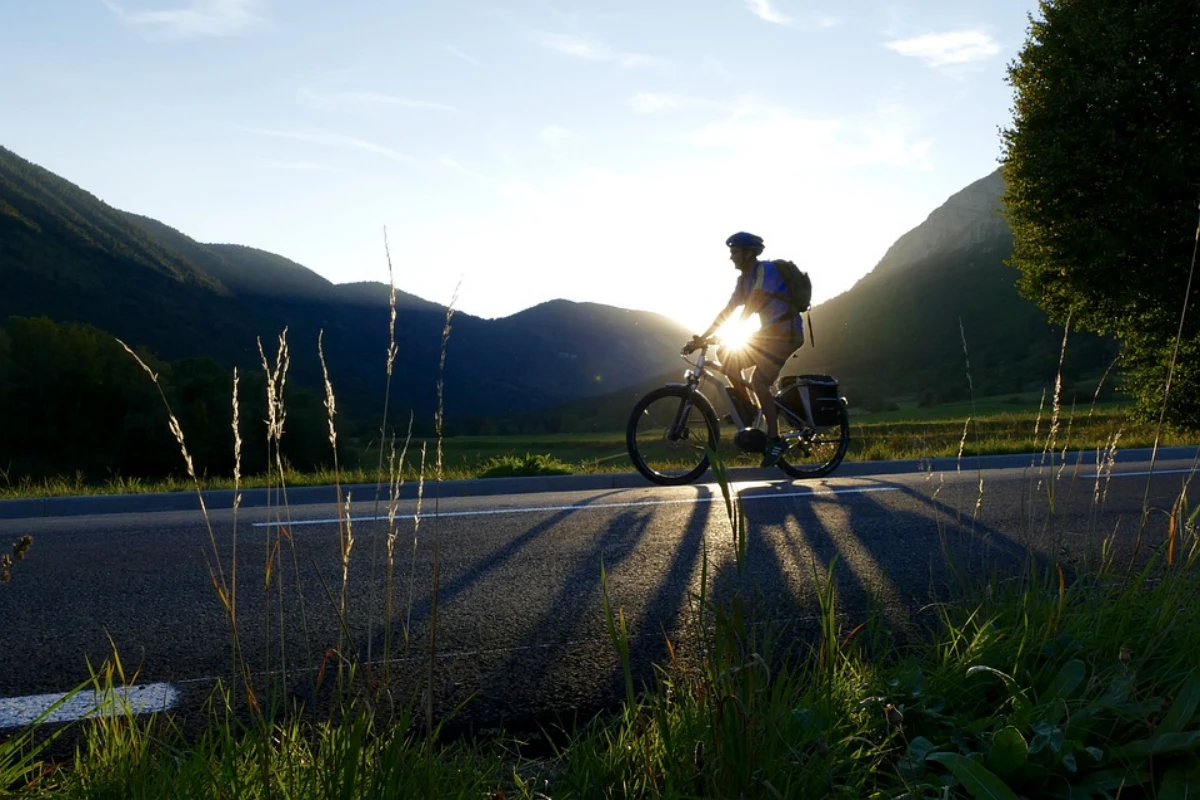Cycling is a popular activity enjoyed by millions around the world, offering numerous health benefits and a convenient mode of transportation. However, it also comes with its own set of risks. Understanding the most dangerous places for cyclists is crucial for improving safety and reducing the likelihood of accidents.
Cyclist Health and Safety
Cycling is a fantastic way to stay fit and healthy. Regular cycling can improve cardiovascular health, boost mental well-being, and enhance muscle strength and flexibility. However, the health benefits come with the potential risk of accidents, which can result in injuries ranging from minor scrapes and bruises to severe trauma. Cyclists are particularly vulnerable in environments where they share the road with motor vehicles, and understanding these dangers is key to promoting safer cycling practices.
Bike Accidents Across America
In the United States, the number of bike accidents has been a growing concern. According to the National Highway Traffic Safety Administration (NHTSA), thousands of cyclists are injured or killed each year in traffic accidents. Urban areas with high traffic volumes and limited cycling infrastructure tend to have higher accident rates. Cities like New York, Los Angeles, and San Francisco are known for their bustling streets and heavy traffic, making them some of the most hazardous places for cyclists. Intersections, where cyclists and motorists cross paths, are particularly dangerous due to the increased likelihood of collisions.
Cycling Dangerously
Certain environments and conditions can significantly increase the danger for cyclists. Busy city streets, with their constant flow of cars, buses, and pedestrians, pose a high risk. Inadequate cycling lanes and poor road maintenance can force cyclists to share narrow lanes with fast-moving vehicles. Additionally, rural roads, though less congested, can be equally perilous due to higher vehicle speeds and the absence of dedicated cycling paths. Weather conditions such as rain, snow, or fog further exacerbate the risks by reducing visibility and making roads slippery.
Cycling at night presents its own set of dangers. Poorly lit streets and the limited visibility of cyclists to drivers make nighttime riding particularly hazardous. Even with proper lighting and reflective gear, cyclists remain at risk from drivers who may not be paying full attention or are impaired by alcohol or fatigue. The combination of low visibility and increased traffic during peak hours can create a precarious situation for cyclists.
The Riskiest Times To Ride
Certain times of the day and year are riskier for cyclists. Rush hours, typically between 7-9 AM and 4-6 PM, see increased traffic volumes as people commute to and from work. During these periods, the concentration of vehicles on the road heightens the chances of accidents. Weekends, especially in recreational areas, can also be risky as more people take to the streets for leisure activities.
Seasonal factors play a significant role in cycling safety. Winter months bring shorter days and adverse weather conditions such as snow and ice, making roads more treacherous. Conversely, summer months, while offering more daylight, see an uptick in cycling-related accidents due to the increased number of cyclists and often more relaxed driving attitudes of motorists during vacation periods.
Setting Cyclists Up for Safety
Improving cyclist safety requires a multifaceted approach. Urban planners and local governments can play a crucial role by developing and maintaining dedicated cycling infrastructure, such as bike lanes, bike-friendly intersections, and safe parking facilities. Education and awareness campaigns aimed at both cyclists and motorists can help foster mutual respect and understanding on the roads.
Cyclists can enhance their own safety by adhering to traffic laws, wearing helmets, and using lights and reflective gear to increase visibility. Regular bike maintenance is essential to ensure that brakes, tires, and other components are in good working condition. Staying informed about the safest routes and avoiding high-risk areas and times can further reduce the likelihood of accidents.
While cycling offers numerous benefits, it is not without risks. By understanding the most dangerous places for cyclists and implementing effective safety measures, we can create a safer environment for everyone on the road. Whether you are a seasoned cyclist or a casual rider, prioritizing safety is crucial to enjoying the many advantages of cycling while minimizing the associated dangers.
Related Procducts: The Most Dangerous Places for Cyclists







